After the extremely hot and dry summer half-year of 2018, researchers from the Swiss Federal Institute for Forest, Snow and Landscape Research WSL started a total of 13 studies on the consequences of this extreme situation for forests and the water cycle. The first results are now available.
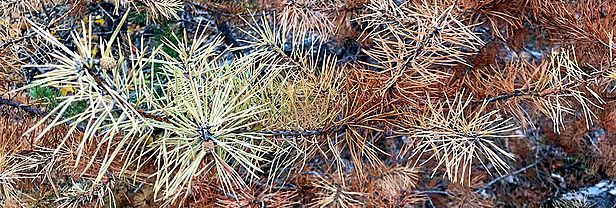
In many parts of Switzerland, the summer of 2018 was the longest and hottest period without precipitation since systematic weather records began in 1864. Anyone who was out in nature in late summer 2018 was surprised by the early autumn colours of many trees.
The Swiss Federal Institute for Forest, Snow and Landscape Research WSL has not only been closely monitoring the development of forests nationwide for 134 years, but also has many years of experience in hydrology and biodiversity. In 13 analyses it is now investigating how severe the prolonged drought of 2018 was and how it could affect Switzerland's forests in the short and medium term. The aim is to integrate the effects of the 2018 drought into the long-term observations and to better assess or even predict such extreme events in the future.
The first results of six of these analyses are now available. It was found that premature leaf discolouration in beech led to losses in wood growth, that forest fires caused by lightning were more frequent than usual and that such a serious water shortage occurs on average every hundred years.
Conclusion: The forest does not die, but trees do
Andreas Rigling, Head of the Forest Dynamics Research Unit at WSL, summarizes these initial findings: «The drought and heat in 2018 were extraordinary and the consequences for the forest are becoming increasingly visible: in many places trees are weakening, tree growth is reduced, canopy parts or entire trees are dying. Even if we do not speak of forest dieback, important forest services will be affected locally».
Results of the individual projects:
1. Historical contextualization of tree damage caused by the 2018 drought
The drought of 2018 between April and September is comparable to periods in 2003 and 1947. This raises the question of whether damage to trees or stands after those and other past drought events have been reported. An analysis from 1988 of reports on such damages by weather extremes since 1850 shows that dry wood after drought occurred particularly in the years 1911–12 and in the years 1943–50. Repeatedly, spruce and fir (bark beetle infestations) were affected in these years, but also beech and oak.
In the 19th and early 20th centuries, the annual forest reports of the cantons often mentioned damage to plantations and tree nurseries. According to the first results, the dry year 2018 can best be compared with 1947. As a result of repeated drought events during the post-war years, for example, the situation in 1949 was described as «close to catastrophic for spruce in the Wein- and Unterland [of the canton of Zurich]».
Contact: Thomas Wohlgemuth
2. Water availability: How dry was it in 2018 compared to the years 2003 und 2015?
A dry period has different aspects: it can vary in terms of time and space, depending on the water deficit in precipitation, runoff in watercourses, soil moisture and, last but not least, groundwater levels. WSL hydrologists have analysed the water balance for the summer half-year of 2018. In many places, the 2018 drought was more severe than the last two dry summers of 2003 and 2015 in terms of soil moisture and water runoff. In the regions affected, in this case especially northeastern Switzerland, such an event occurs on average about every 100 years.
Contact: Käthi Liechti
3. Beech forests particularly affected by early leaf browning
Leaf discoloration, early withering and water stress were much more pronounced in trees in the eastern Plateau than in the dry summers of 2016 and 2017 - this is shown by images taken with the Sentinel 2 satellite. The effects of the drought were most obvious in beech trees. The closer the trees were to the edge of the forest and the higher they were, the more likely their leaves were to discolor. However, the analysis of the satellite images also showed drought effects on other tree species such as elm, ash, alder and maple. The investigations will be continued this year in order to analyse the effects of last summer up to the present state in more detail.
Contact: Christian Ginzler
and
Contact: Andri Baltensweiler
4. Short-term effects on previously measured sampling plots
The National Forest Inventory (NFI) has been recording the condition and changes of the Swiss forest since 1983. Between 27.8 and 6.9.2018, FOREMA NFI field teams re-revisited 75 plots (821 trees) out of the plots already measured in April-May as part of the regular NFI survey. They again measured the diameter of all these trees in order to assess the growth over the summer. For beech trees, they also tested leaf density and colour to detect severe leaf loss and discolouration.
The dry summer showed a striking effect: At the time of the survey (end of August until beginning of September) 17% of the investigated beech trees showed severe defoliation and/or foliage browning. Although low in absolute terms, this is a much higher frequency as compared to long-term and 2018 data collected earlier in the season by other Swiss and European networks (e.g. Sanasilva; ICP Forests). The affected trees grew significantly less than non-affected trees over the period April-August 2018. The empirical NFI models for expected growth revealed also a more generalized growth reduction in 2018 across all the species investigated.
Contact: Brigitte Rohner
5. Medium-term impact of the early leaf fall in 2018 on beech
When tall trees let drop their leaves already in summer due to drought instead in autumn by termination of the growing season, several questions arise: Can the trees cope with such an event and will the leaf-out next spring be as usual? Will there be any signs of impairment in the following years? To find answers to these questions, we marked almost 1000 beech trees in the three areas strongly affected by the 2018 summer drought, i.e. Baselland, Schaffhausen and Knonaueramt, by September 2018.
A visit to these trees in May 2019 showed that 18% of individuals with early leaf senescence in 2018 showed signs of bark exudation to various extent, a defensive reaction against pathogens and pests. In contrast, only 6% of control trees with normal leaf fall showed this symptom. In 51% of the beech trees with early leaf senescence, 10 or more percent of the branches in the crown were dry (crown mortality), in contrast to 22% of the control trees. The first findings indicate that an early leaf senescence indicates a weakening of the beech trees.
Kontakt: Thomas Wohlgemuth
6. Natural forest fires could increase in the future
In particularly dry summers, forest fires caused by lightning occur more frequently. In 2018, WSL researchers registered 36 such events, 80% of which occurred in July and August. After 2003, 2018 was the year in the last two decades in which forest fires of this type were the second most frequent. What is unusual is that a particularly large number of these fires affected the Canton of Berne, 11 out of a total of 36. From 2000 to 2018, it ranked only fifth in terms of lightning fires after the Cantons of TI, GR, VS and SZ.
Three quarters of the forest fires caused by lightning were noticed on the first day after the lightning strike. A quarter, on the other hand, smouldered for two to six days before the fire brigade noticed and extinguished them. Should there be more such dry summers in the future, an increase in natural forest fires can be expected. The group is currently working on a model to better understand and predict the development of forest fires caused by lightning.
Kontakt: Jose Antonio Vazquez Moris (English only), reachable via email and Skype: liath0 (Mr. Vazquez is in South America with a time difference of -5 hours to Swiss time)
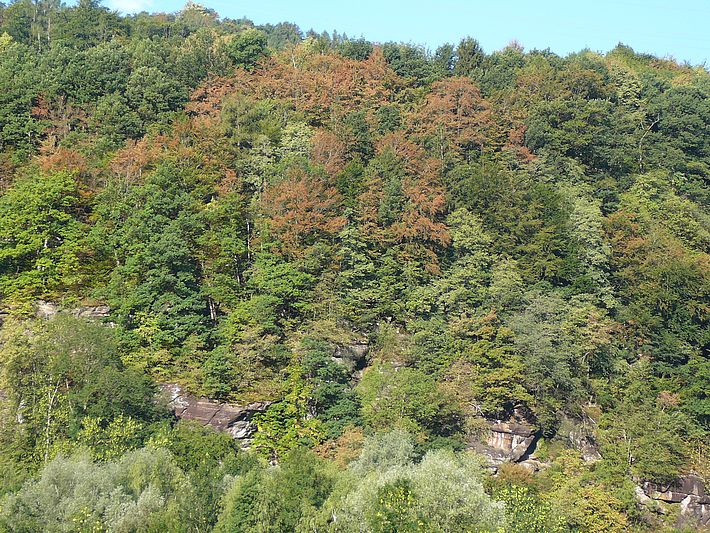
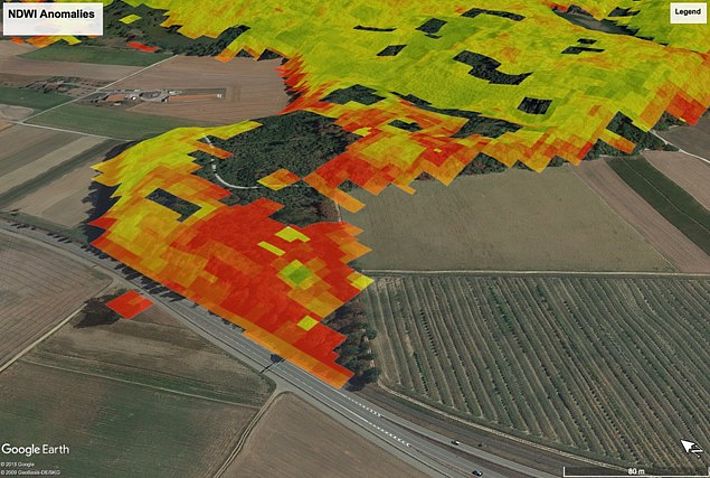
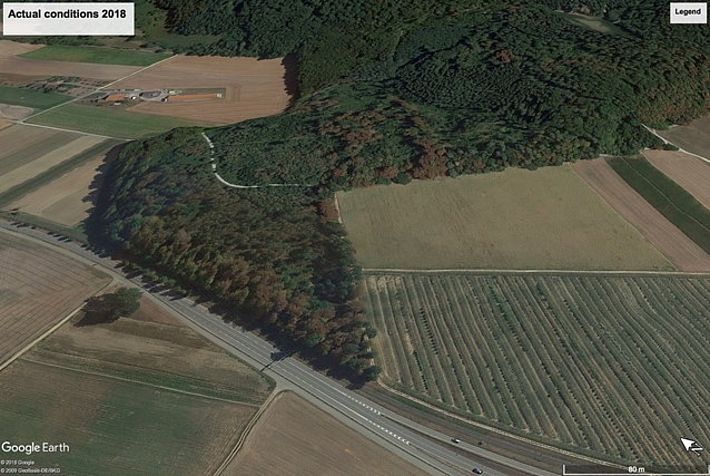
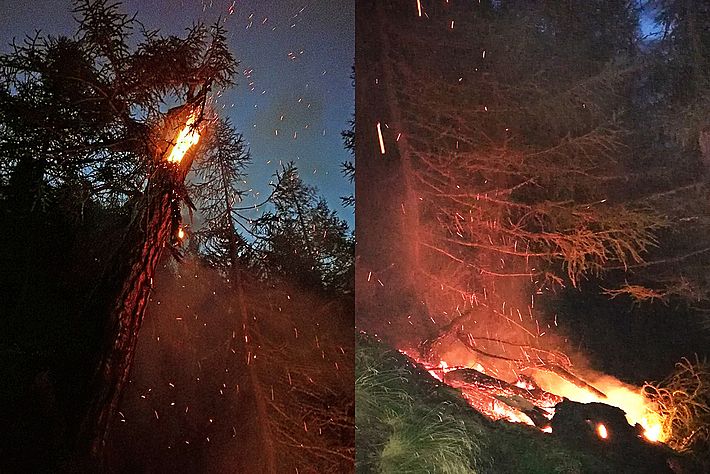
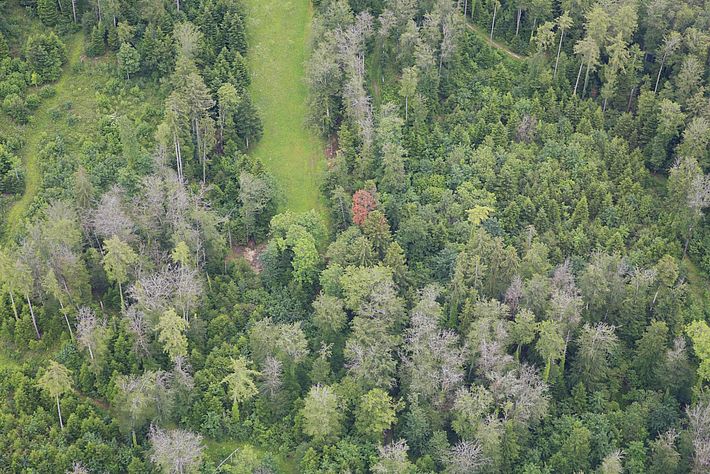
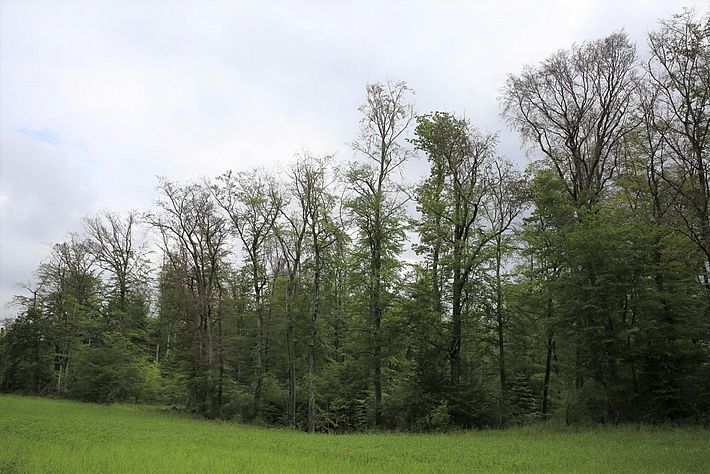
Contact
Links and documents
Copyright
WSL and SLF provide image and sound material free of charge for use in the context of press contributions in connection with this media release. The transfer of this material to image, sound and/or video databases and the sale of the material by third parties are not permitted.